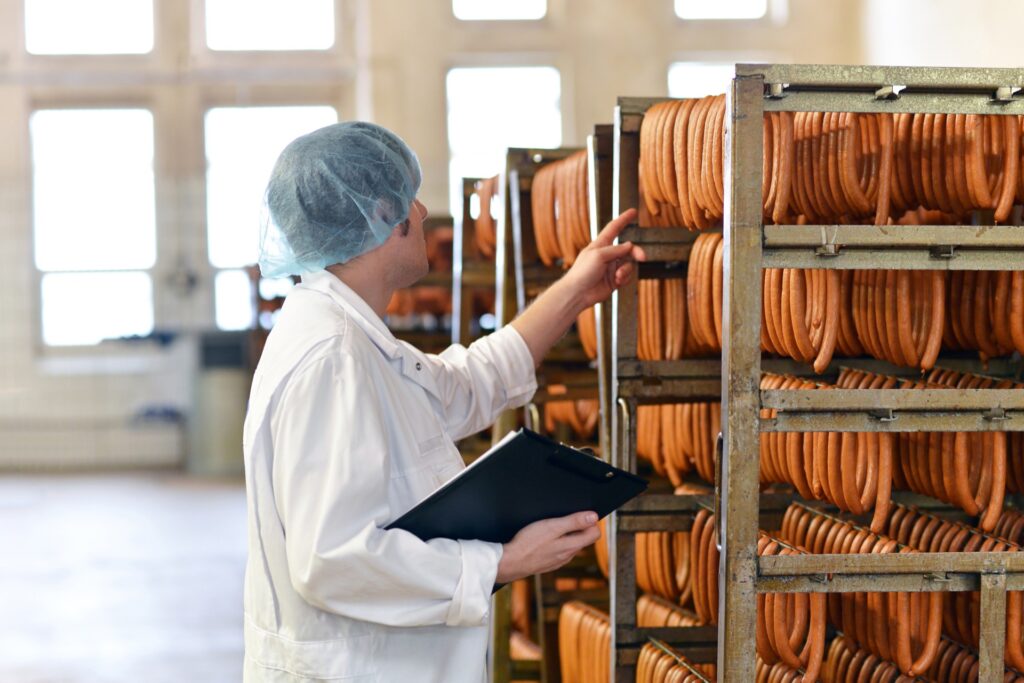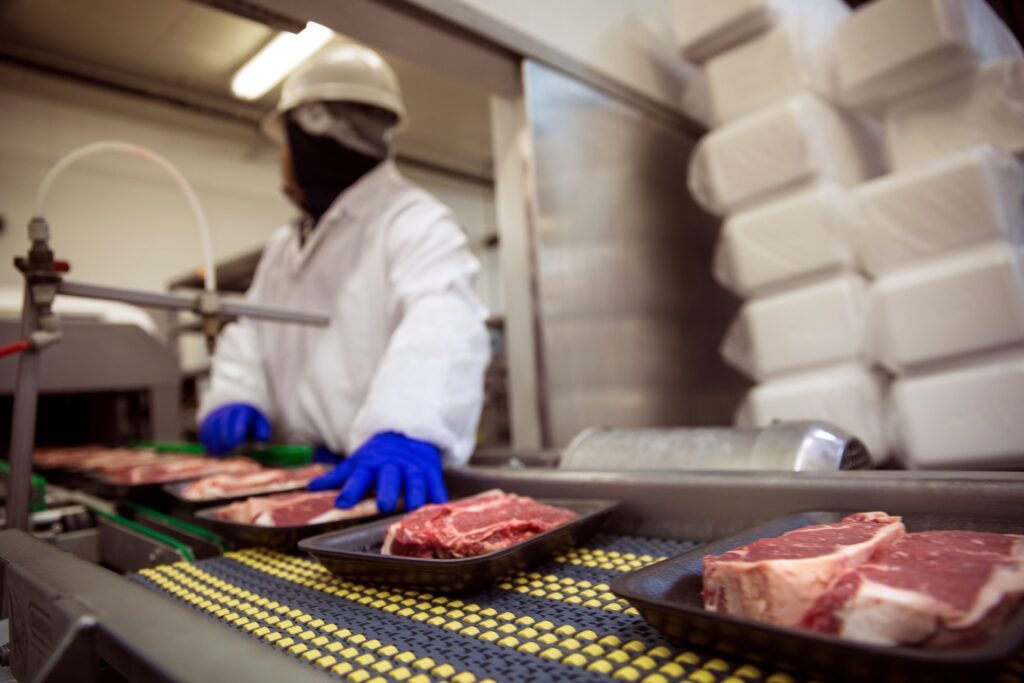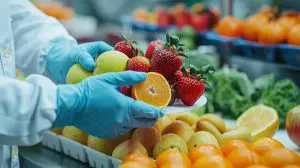On July 13, 2020, the US FDA released the New Era of Smarter Food Safety Blueprint, an initiative introduced by Deputy Commissioner for Food Policy and Response Frank Yiannas. Frank Yiannas is an acclaimed food safety expert and the author of Food Safety Culture: Creating a Behavior-Based Food Safety Management System (2008). The FDA’s new mandate under the stewardship of Yiannas is to build on the progress of FSMA and create in the next 10 years “a more digital, traceable and safer food system.” The need for change has been accelerated by the Covid-19 pandemic: consumer behaviours evolved rapidly last year with a drastic increase in e-commerce sales of food and beverages and the development of tech-powered food delivery services.
The US agency hopes to harness the power of big data, AI and blockchain to reach consumers more easily and gain their trust. Consumers may have the ability, in the future, to scan fresh food like produce and be readily notified of possible food safety alerts or recalls associated with the product or supply chain. FDA regulators also wish to develop predictive models to better anticipate the effects of weather events on the quality of irrigation water and by extension harvested food. The industrial food supply chain will also experience evolution with the enforcement of food safety culture plans.
It has been a decade since US President Barack Obama signed the FDA Food Safety Modernization Act (FSMA) into law in an effort to better respond to foodborne disease outbreaks and to protect consumer health. FSMA was the first major overhaul of regulations since the Federal Food, Drug and Cosmetics Act of 1938. This important food law mandates the implementation and maintenance of risk and science-based food safety controls in food facilities and farms. Although a lot has already been accomplished since 2011, The FDA reports that “the rate of foodborne outbreaks has not changed significantly.” There is therefore a need to “bend the curve of foodborne illness” in the US.
The new “blueprint” highlights a four-pillar roadmap that will see government, industry, and public health advocacy groups work together towards further modernizing the food safety system. New technological advances will allow for better prevention of outbreaks and the rapid identification and removal of unsafe food from the marketplace. In this regard, the FDA has recently announced a new proposed rule to advance the traceability of food across the supply chain. The FDA hopes to “explore low or no-cost options” for small businesses to adopt digital technologies where possible.
The 4 Pillars of the New Era of Smarter Food Safety Blueprint
Tech-enabled Traceability
Despite the popularity of food traceability software, the transition from paper-based systems to tech-enabled systems is slow to come due to cost. When it comes to food traceability, food manufacturers and importers are expected to trace food one-step forward to their immediate customer and one step back to their immediate supplier. The FDA foresees that this process of locating and tracing food products may be achieved in a matter of minutes or seconds rather than hours, as is currently the case with most paper-based systems. The blueprint identifies a few strategies to enable the adoption of these technologies:
- Incentives to adopt traceability technology
- Standardization of traceability markings for food to enable better compatibility with traceability standards and technological solutions
- The design and execution of pilot projects targeting leafy greens
- The creation of an internal digital technology system for allowing the FDA to receive critical tracking and data information from industry and regulatory stakeholders.
Smarter Tools and Approaches for Prevention and Outbreak Response
Data mining and analytics will become increasingly important for decision-making in the future. The FDA has expressed interest in developing robust Root Cause Analysis tools and providing industry outreach through public and private sector partnerships. As stated in the blueprint, the FDA also plans to “leverage reliable third-party audits” information and use predictive analytics to locate contaminated food faster and more precisely. These tools will allow for a quicker response in the event of foodborne outbreaks and recalls.
New Business Models and Retail Modernization
According to a study by FMI/Nielsen (2018), 70% of consumers will be grocery shopping online in the next five years. This change in consumer purchasing behaviour will require that food distributors and other supply chain stakeholders be educated on food safety controls such as cold chain monitoring, safe product processing and the importance of allergen labelling. Providing education to the traditional food retail sector will also remain a priority. Regarding novel foods, FDA has recently issued legislation to include approval of cell and tissue culture products. As reported on the FDA website, “advancements in cell culture technology are enabling food developers to use animal cells obtained from livestock, poultry, or seafood in the production of food, with these products expected to be ready for the market in the not too distant future.”
Food Safety Culture
The last axis of change concerns changing human behaviour on farms, in food facilities and in consumers’ homes towards achieving a better food safety culture. Frank Yiannas was quoted by GFSI to say: “scientific knowledge and policies are not enough to achieve food safety sustainably in an organization. Measures that raise individual awareness and lead to actual behaviour changes are required from the perspective of social-behavioural sciences. That is the basic idea of food safety culture.” The Global Food Safety Initiative introduced, in the 2020 version of the Benchmarking Requirements, elements around food safety culture. This, in turn, led to the recent revision of food safety certification schemes. For instance, SQF Edition 9 includes a management commitment clause that references the development and maintenance of a food safety culture.
While these ideas are further developed and changes take effect, food manufacturers and importers can already utilize some of the FSMA tools that the FDA introduced recently:
As a first step towards modernization, The FDA dashboard was implemented in 2019 to monitor the progress made since FSMA implementation. The dashboard is a powerful repository of compliance information for food importers and manufacturers. Current metrics include data on the implementation of the Preventive Controls for Human Food rule and the Foreign Supplier Verification Program rule as well as statistics on food recalls and import refusals.
Another great resource that can be used when developing a food safety plan or FSVP plan is the FDA hazard database. Here’s a searchable copy of the database.







